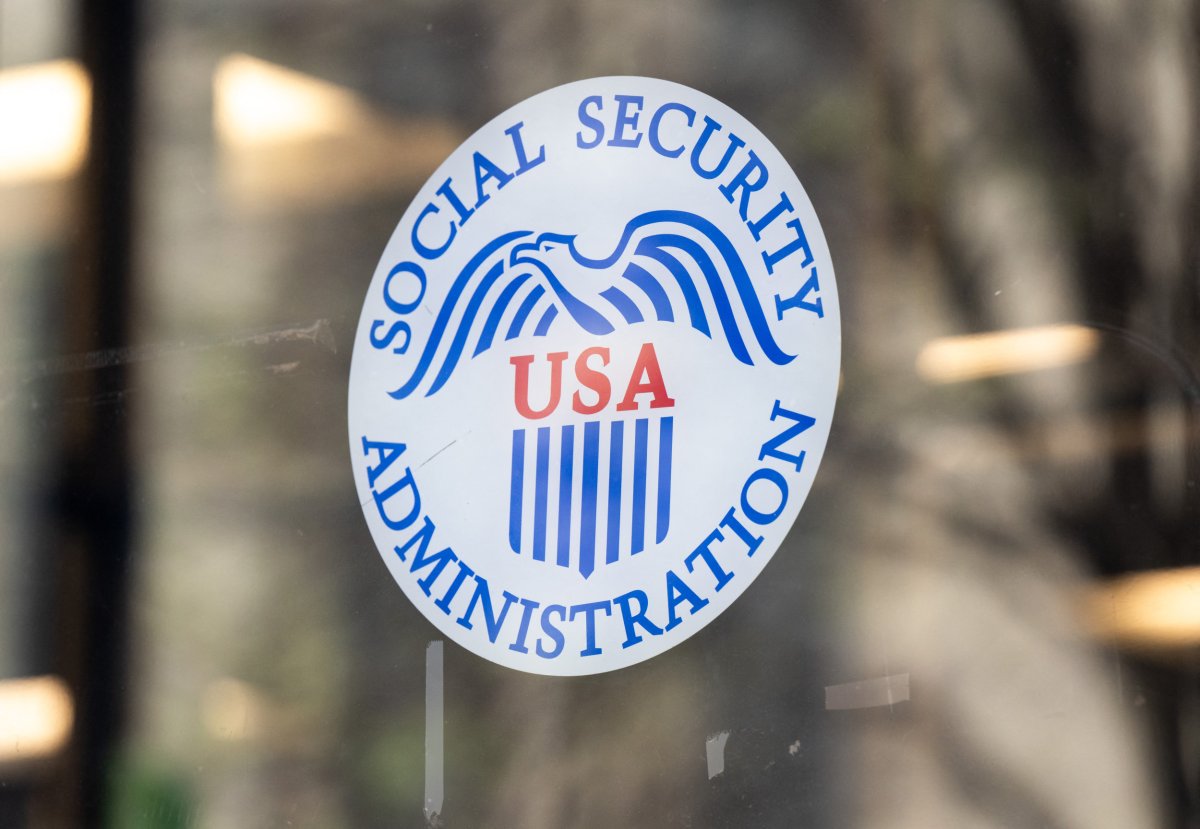PROTECT YOUR DNA WITH QUANTUM TECHNOLOGY
Orgo-Life the new way to the future Advertising by AdpathwayAs the Social Security Administration (SSA) undergoes major changes, seniors are driving hours just to get to their closest Social Security office.
The Center for Budget and Policy Priorities released a new study that found 13.5 million seniors are affected by long drives to get to the most nearby office. Roughly 25 percent of the entire U.S. population has to drive more than an hour to get to a Social Security branch.
Why It Matters
Roughly 70 million Americans rely on Social Security payments each month. While the SSA usually sends out checks via direct deposit or mail, some beneficiaries are required to make a trip to their local field office in case issues arise with their benefits.
Earlier this year, the Department of Government Efficiency announced it would be closing several field offices as it works to consolidate government real estate and reduce operational costs. But the shuttering of offices has worsened drive times for seniors who need to visit one.
What To Know
Roughly half of seniors who receive Social Security live at least 33 minutes from a Social Security office and in 31 states, more than 25 percent of seniors face travel times of more than an hour.
The following states saw an even higher number, with 40 percent of seniors facing a drive of an hour or longer:
- Arkansas
- Iowa
- Maine
- Mississippi
- Montana
- Nebraska
- North Dakota
- South Dakota
- Vermont
- Wyoming
In Arizona, Idaho, Kentucky, Minnesota, New Hampshire, North Carolina, Oregon, Tennessee, Wisconsin and Virginia, from 25 percent to 40 percent of seniors have to travel an hour or more.
The SSA has changed its policy in recent months, now mandating that recipients who do not pass its anti-fraud check will have to visit an office in person. This will likely cause an additional 1.93 million trips to SSA offices yearly.
The agency also announced its plans to cut 7,000 employees and prioritize digital technology and artificial intelligence to speed up processes that previously required more staff.

What People Are Saying
Alex Beene, financial literacy instructor for the University of Tennessee at Martin, told Newsweek: "It's of little surprise that states where Social Security recipients face the longest drive times tend to be ones that have more swaths of rural areas, like Kentucky, Iowa, or Wyoming. Complicating matters further could be further staffing cuts to the administration, which would push back appointment times and extend the process of meeting with a representative in-person and gaining assistance even longer."
White House spokeswoman Liz Huston said in a previous statement: "Under President Trump's leadership, SSA has charted a new course for the agency that prioritizes enhancing customer service, reducing waste, fraud, and abuse, and optimizing its workforce towards direct public service."
New SSA Commissioner Frank Bisignano said previously: "I think we should get away from focusing on head count to focus on what our objective is, which is to do a great job for the public."
What Happens Next
As many seniors may prefer to speak with a person in an office rather than online or in a phone call, any further closures of Social Security offices could have dire consequences.
"The reality for many seniors is they still prefer going to a physical location and meeting with a person to discuss problems they're having or communicate for clarity on their benefits. Further administrative cuts will just make this process more difficult," Beene said.


 1 month ago
5
1 month ago
5










 English (US) ·
English (US) ·  French (CA) ·
French (CA) ·  French (FR) ·
French (FR) ·